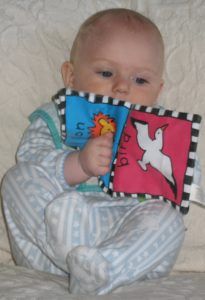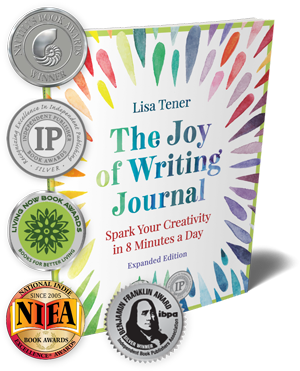
Can you tell a story?
I recently read a book proposal for a client’s book that’s been a couple of years in the making. I’m so proud of him.
He had the right instinct for his overview—telling a compelling story from the get-go. Yet, it started out dry, clinical, like many proposals I read on the first pass. I knew he could do better.
[bctt tweet=”How to Write a Compelling Anecdote” username=”LisaTener”]
I waved my magic wand on a description of his son’s remarks and—ta da—a generic description became dialogue—four simple words in double quotes. Another wave of the wand and—ta da da—the dialogue floats from the end of the paragraph to the very first line.
All right. We can hear his son’s voice from the very first sentence. We’re hooked. What next?

I ended the brief quotation with a name and the son’s age. Let’s picture him. I suggested a few quirky details to bring this young person to life—his posture, his walk, his unusual clothing.
Now, the author can make his point. The story isn’t much more than a paragraph but it draws us in, comes alive, has its quirkiness, feels real.
Engage your reader; doing all the work for her distances her from the action. Rather than spoon feeding readers—in this case agents and acquisitions editors—a conclusion, strong writing helps readers draw their own conclusions.
[bctt tweet=”Read Memoir and Fiction to Learn to Tell a Story” username=”LisaTener”]
Anecdotes in a how-to, self-help or business book may be short, but they need vitality to resonate and keep your readers reading.
You can certainly read successful how-to and business books to find examples of well told, yet brief stories. Yet, I also encourage you to read fiction and memoir. These master storytellers can help you go deeper with your writing and have a greater impact on your readers.
The more you read, the more your subsconscious can draw upon the great writing you’ve read.
3 Creative Processes to Inspire a Powerful Story
The following creative tools can help you tell a story in a dynamic way:
Metaphor: In one of my favorite posts of all time, When You’re Sad You Make a Rainbow and Other Writing Secrets, I share how my son’s stream-of-consciousness metaphor can teach us how to discover metaphors and symbols that heighten our writing. And, yes, I tell a story.
Dreams: In this interview, dream expert Kari Hohne teaches us how to access our 24 hour mind for writing and inspiration, particularly through our dreams.
Creative Visualization: If you’ve been reading my blog for a while, you’ll be familiar with my “Meet Your Muse” exercise to access your creative source for answers to your book writing questions. Ask your muse for a metaphor, a story, a description, how to start with a person you know and bring them to life on the page. You can access your muse through this free creative visualization for writers.
What are your favorite tools to make your writing vibrant and real for your readers?


